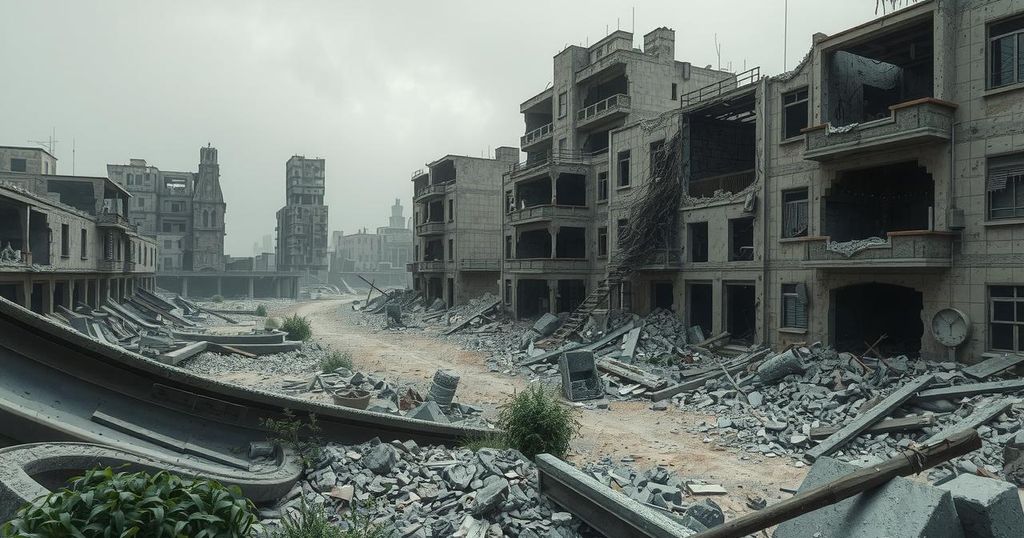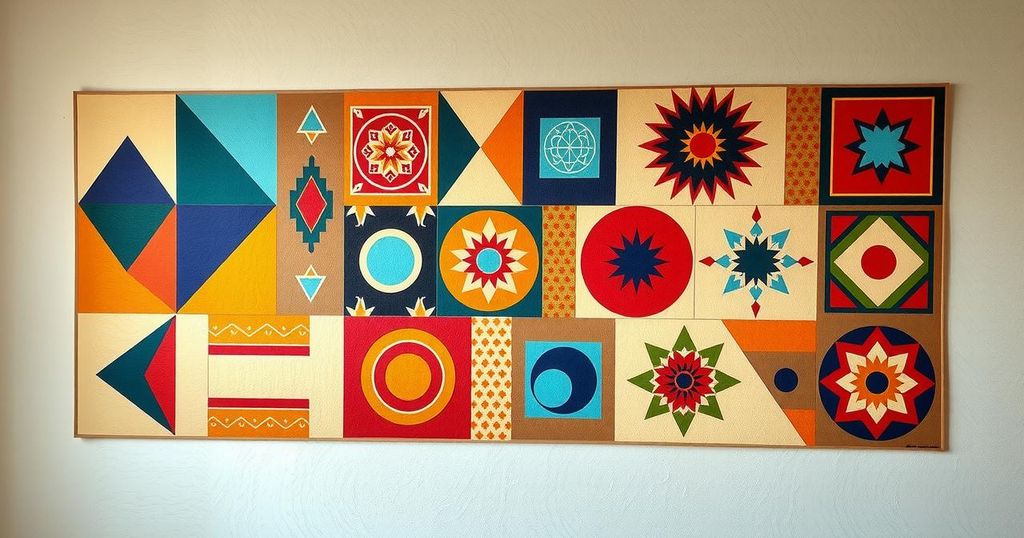Goma, DR Congo: Scars of War Linger Amid Ongoing Violence and Disruption
Goma, DRC, is recovering from the turmoil of the M23 rebel group’s takeover, which has left the city in disarray and its inhabitants traumatized. With significant casualties and a humanitarian crisis unfolding, the ceasefires declared have failed to restore peace. Danger and violence continue to threaten the residents, while the M23 aims for broader territorial ambitions, worsening the current state of chaos.
The city of Goma in the eastern Democratic Republic of the Congo (DRC) has transitioned from a once-vibrant border hub into a land haunted by conflict, following the takeover by the March 23 Movement (M23) rebel group. More than three months after M23 declared control of the city on January 27, the atmosphere remains tense, and the locals are still grappling with the aftermath of violence that has disrupted daily existence.
The M23 group’s entry into Goma mirrored a grim reminder of history; it had briefly captured the city in 2012, which left an indelible scar on its more than two million residents. Just like before, heavy fighting quickly unfolded, subjecting the city to bombardments and chaos. The DRC government estimates the death toll from recent clashes at over 8,500 individuals, with nearly 5,600 having sustained injuries. Reports have emerged of tragic incidents, such as the fatalities of pregnant women and infants caught in the crossfire.
Despite M23’s declaration of a humanitarian ceasefire on February 4, violence has persisted throughout the Kivu provinces. Now, the rebel group has extended its influence into Bukavu, South Kivu’s capital, establishing multiple frontline positions across the region, which poses a significant threat to stability.
Corneille Nangaa, the former electoral chief and current leader of M23’s political wing, has openly claimed a goal of “liberating the entire country,” raising concerns among analysts that this phase of conflict may be more entrenched than its predecessors. After seizing Goma, the city became eerily quiet yet chaotic, with ordinary life crumbling amid absentee government institutions.
Commercial areas that once bustled with activity now lie desolate. The banking system has essentially collapsed, leading to cash shortages that disrupt daily transactions. Additionally, nighttime crime rates have skyrocketed. In the absence of official governance, M23 has established checkpoints and imposed taxes, further compounding the troubles.
The humanitarian crisis in the region is dire. The International Organization for Migration (IOM) has reported that over 1.2 million people have been displaced since January alone, with those who had taken refuge in Goma forced to flee once again.
In a significant escalation, the M23 issued a 72-hour ultimatum demanding the evacuation of major displacement camps, such as Bulengo and Lushagala, on February 4. Families hastily evacuated with minimal possessions, only to return to villages now in ruins, with most homes burned and roads unsafe.
About 27 kilometers west of Goma lies the town of Sake, often seen as the last defense against the M23. The town has endured heavy confrontations since late 2023, leaving its streets in tatters. Even now, danger persists with uncovered unexploded ordnance still littering nearby fields.
Christian Kabuya, a local resident, reported, “We’ve found live shells in over ten locations. Several people, including children, have died from accidental explosions.”
On the medical side, Ndosho Hospital, the only facility in western Goma treating wounded patients, is overwhelmed. Supported by the International Committee of the Red Cross (ICRC), the hospital is struggling to meet the needs of those affected.
“The situation here is uniquely complex,” stated Taoffic Mohamed Toure, an ICRC veteran seasoned in various conflict zones. “The sheer number of actors and the recurring violence make eastern Congo one of the most challenging places we operate.”
As diplomatic resolutions remain elusive and ceasefires disintegrate, the residents of eastern DRC continue to find themselves living in a shadow of despair. Where lava from Nyiragongo once cooled, the scars of war remain painfully visible in Goma’s landscape.
The situation in Goma, DRC illustrates the ongoing turmoil following the M23 takeover, as residents face a harsh reality of violence, displacement, and humanitarian crises. With predictions of an entrenched conflict and little hope for peace, the scars left by war continue to affect daily life. The challenges are complex, and the suffering within the communities persists, demanding continued attention from the international community.
Original Source: english.news.cn




Post Comment